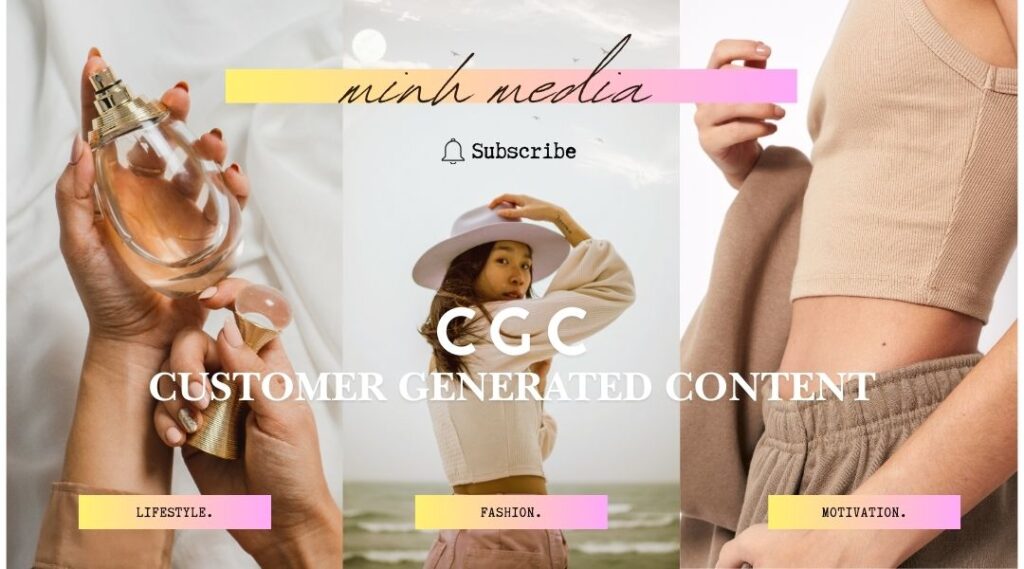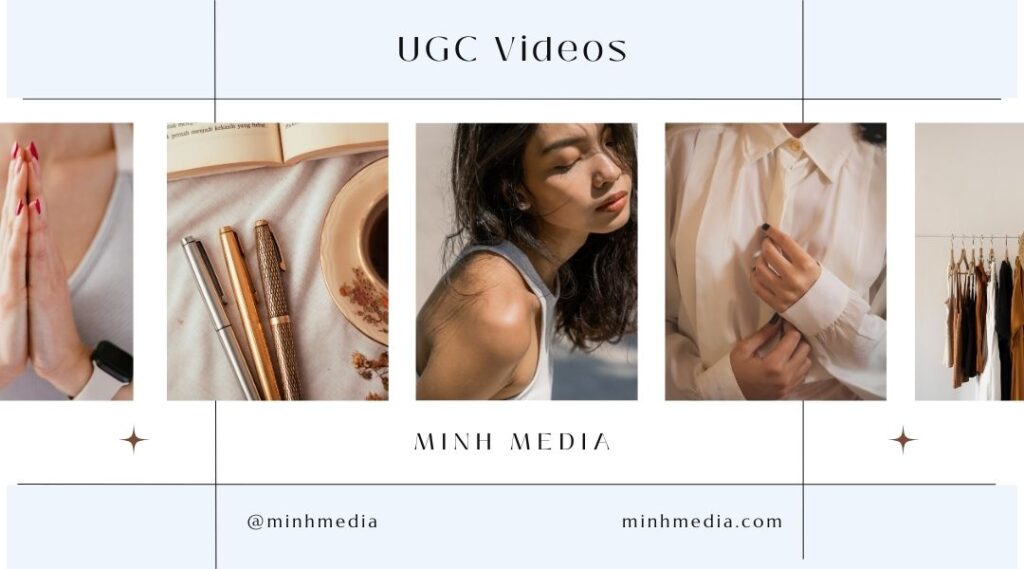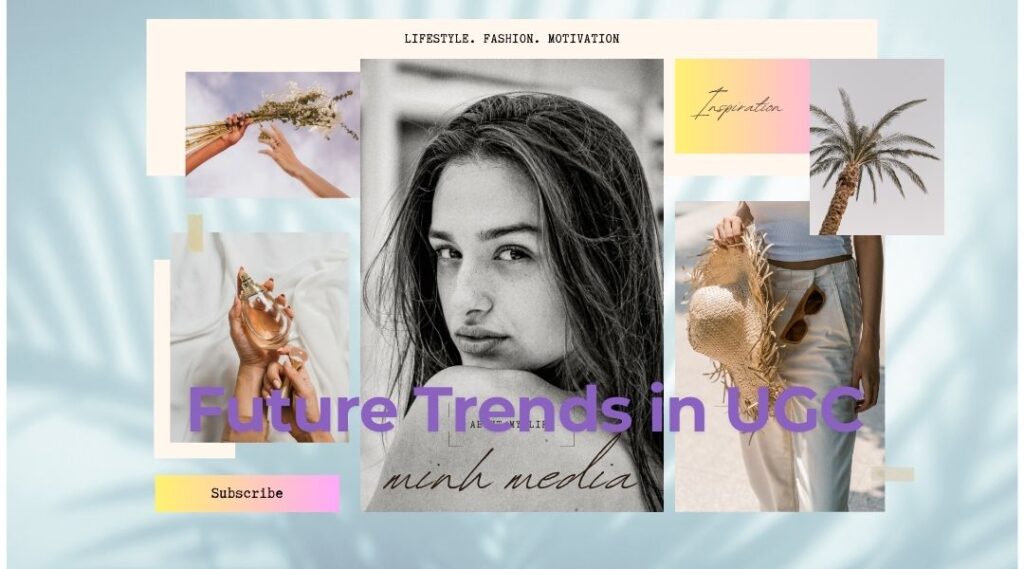In today’s digital landscape, user-generated content (UGC) has become one of the most powerful tools for brands to engage with their audience. The rise of UGC reflects a shift in consumer behavior, where customers are more likely to trust content created by their peers than traditional brand advertising. This change highlights the increasing importance of authenticity and brand trust in marketing.
Impact on Brand Trust: UGC allows brands to harness the voices of their customers, building stronger relationships and deeper credibility. According to studies, consumers find UGC to be 2.4 times more authentic than brand-created content, making it highly influential in purchasing decisions.
Purpose of This Guide: This guide aims to help businesses effectively leverage UGC in their marketing strategies, focusing on how it can drive engagement, increase trust, and scale conversions in 2024 and beyond.
What is User-Generated Content (UGC)?
UGC refers to any type of content—text, images, videos, reviews, etc.—that is created by users, rather than by the brand itself. These users can be customers, fans, or any individual engaging with the brand.

- Types of UGC:
- Social Media Posts: Instagram photos, tweets, TikTok videos.
- Customer Reviews: Reviews on eCommerce platforms like Amazon or Yelp.
- Blog Posts: Articles or testimonials shared by customers about their experience.
- Photos and Videos: Unboxing videos, product showcases, or user tutorials on YouTube.
Real-Life Examples:
- Coca-Cola’s “Share a Coke” Campaign: Encouraged customers to share photos of personalized Coke bottles, leading to widespread UGC and increased brand awareness.
- GoPro’s Adventure Videos: GoPro capitalizes on adventure enthusiasts creating content with their cameras, fostering a community of passionate users.
Benefits of User-Generated Content for Businesses
UGC offers a range of benefits that enhance the customer journey and improve a brand’s marketing impact:
- Building Trust and Credibility: When customers share their genuine experiences, it builds trust among potential buyers. UGC adds a layer of authenticity that brands struggle to achieve with traditional marketing.
- Enhancing Social Proof: Positive UGC acts as a form of social proof. Prospective customers often look for real user experiences before making purchase decisions. By showcasing reviews and user stories, brands can influence buying behavior.
- Driving Conversions: Studies have shown that customers who engage with UGC are 4.5% more likely to convert than those who don’t. This is because UGC fosters a stronger connection with the product through peer recommendations.
- Amplifying Reach: UGC is naturally shareable, making it an effective way to expand a brand’s reach. When users share their content with their networks, it boosts visibility and drives organic traffic.
- Strengthening Community Engagement: UGC creates a sense of community around the brand. When customers see their content featured, they feel valued, which in turn deepens brand loyalty.
Types of User-Generated Content and How to Use Them
- Visual Content: Platforms like Instagram and YouTube are ideal for showcasing UGC in the form of photos and videos. GoPro does this effectively by encouraging users to share their adventure footage, which the brand reposts to inspire others.
- Text-Based Content: Customer reviews and blog posts are powerful forms of UGC, especially in eCommerce. Brands like Amazon leverage user reviews to influence buyer decisions, while review platforms like Yelp are built entirely around UGC.
- Social Media Posts: Brands like Starbucks and Coca-Cola run UGC campaigns using hashtags to encourage user participation. By featuring this content on their social media pages, they build stronger connections with their audience.
Creating Effective UGC Campaigns
To run a successful UGC campaign, businesses need to define clear goals and incentives:
- Setting Campaign Goals: Determine if the focus is on brand awareness, lead generation, or customer engagement. This clarity ensures the content generated aligns with your broader marketing strategy.
- Encouraging Participation: Offer incentives like contests, giveaways, or social media shout-outs. For example, brands like Lululemon host photo contests where users submit pictures of themselves using the brand’s products in exchange for prizes or recognition.
- Promoting UGC Across Platforms: Promote UGC by creating a dedicated space on your website or using branded hashtags on Instagram, TikTok, and Twitter. Brands like Apple have successfully promoted their #ShotOniPhone hashtag, encouraging users to share their photography skills.
UGC in Customer Reviews and Testimonials
Customer reviews are one of the most trusted forms of UGC, and they significantly impact purchasing decisions:

- eCommerce: Reviews on platforms like Amazon or TripAdvisor directly influence sales by providing prospective buyers with authentic insights into products and services.
- Best Practices for Collecting Reviews: Send follow-up emails after a purchase to request a review. Incentivize reviews with discounts or loyalty points, but ensure reviews are genuine and not biased by heavy incentives.
Legal and Ethical Considerations in UGC
UGC can be a powerful marketing tool, but it also comes with ethical and legal responsibilities:
- Securing Permission: Ensure you have the rights to repurpose user-generated content. Always ask for explicit permission before using someone’s photos or videos in marketing materials.
- Avoiding Legal Pitfalls: Be transparent with users about how their content will be used. Failure to secure proper permission can result in legal action and damage brand reputation.
- Addressing Concerns About Authenticity: Misinformation can sometimes surface in UGC. Brands should have a strategy in place to moderate and verify the content to maintain integrity.
Tools for Managing and Curating UGC
A variety of tools can help brands manage and curate user-generated content:
- Social Media Management Tools: Platforms like Buffer, Hootsuite, and Sprout Social offer features to schedule, curate, and monitor UGC across multiple platforms.
- Content Curation Platforms: Tools like TINT and Stackla allow brands to collect and curate UGC for websites and marketing campaigns, enabling them to showcase authentic user stories.
- Measuring Success: Use tools like Google Analytics to track the performance of UGC campaigns, measuring metrics such as engagement, conversions, and reach.
Integrating UGC into Your Overall Marketing Strategy
- Weaving UGC into Content Marketing: Use UGC to supplement your blog posts, emails, and website content. Highlight customer success stories, testimonials, and product reviews to enhance credibility.
- Embedding UGC in Paid Ads: User-generated content can also be used in Facebook, Instagram, or Google ads, as it resonates better with audiences due to its authenticity. Airbnb successfully leverages UGC in paid ads by showcasing customer photos and experiences.
- Case Studies of UGC Success: Examples like GoPro and Starbucks show how UGC can be incorporated into multi-channel campaigns to drive customer engagement and brand loyalty.
Future Trends in UGC

- AI and Automation in UGC: AI tools are now being used to sift through vast amounts of UGC to find the most relevant and engaging content. This trend will only grow as AI becomes more integrated into marketing strategies.
- UGC in Web 3.0: As digital experiences become more immersive with technologies like the metaverse, UGC will play a critical role in shaping how brands interact with users.
- Emerging Platforms: TikTok, with its user-driven content model, continues to rise in popularity. Brands need to adapt by leveraging UGC in creative ways on these newer platforms.
Conclusion: Leverage UGC for Marketing Success
User-generated content is one of the most authentic and effective marketing tools in 2024. It builds trust, enhances engagement, and helps brands reach new audiences through organic sharing. Businesses that embrace UGC and integrate it into their strategies can significantly boost their marketing success.
FAQs
- How do I encourage customers to create user-generated content?
- What legal considerations should I be aware of when using UGC?
- How do I measure the effectiveness of my UGC campaigns?
- What are some UGC tools that can help with curation and management?
- What are UGC videos ?

